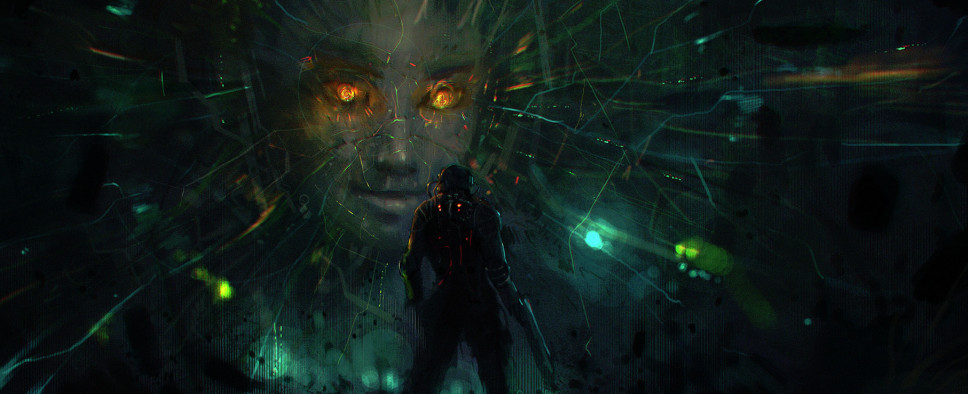System Shock Remastered Edition Update #60
-
Category: News ArchiveHits: 887

If you're interested in a sampling of environments, characters and various objects you'll be able to see in Nightdive Studios' System Shock Remastered Edition, then you should check out this month's Kickstarter update. There you'll find plenty of concept art and even a couple of short videos that showcase the remastered game's visuals.
Here's a few paragraphs on the game's texture aesthetics:
System Shock’s Texture Aesthetic
Here’s a look into the approach we’re taking with textures of the game. With System Shock we want to create a quasi retro look that combines modern physically based rendering tech with a low-res, pixelated texture aesthetic that evokes the low resolution of the original game. To this end, the texel density of every object and character in the game is strictly limited to only 256 pixels per meter, to keep the level of pixelization consistent across all surfaces. Like some modern 2d games that combine old school aesthetics with modern framerates and effects, we hope to use some of the limitations of old graphical styles to give a unique feeling, evocative of how you might remember older games rather than how they actually looked.
A consequence of this low-res aesthetic is that UV need to be very meticulously laid out to keep details as clean and readable as possible while also minimizing ugly distortions that would be less noticeable at higher resolutions. UV edges need to be “squared off” when possible and lined up exactly along texel edges to try to ensure a clean, readable texture pattern.
Literally every pixel counts, and from a character artist’s perspective this is possibly the most challenging aspect of production.
As an example, here’s the low-poly model of our new version of the male Humanoid Mutant on the right, next to his older prototype on the left Though very similar, we bulked him up slightly and humanized his face to make him appear a more mutant and less zombie.
[...]
A major change however is in their UVs - the original layout was made before we adopted this texturing style, and while this layout works fine at modern texture resolutions, it introduces warping and unnecessary seams at our low texel density. The new version’s UVs attempt to minimize seams and conform as much as possible to the texture grid.

